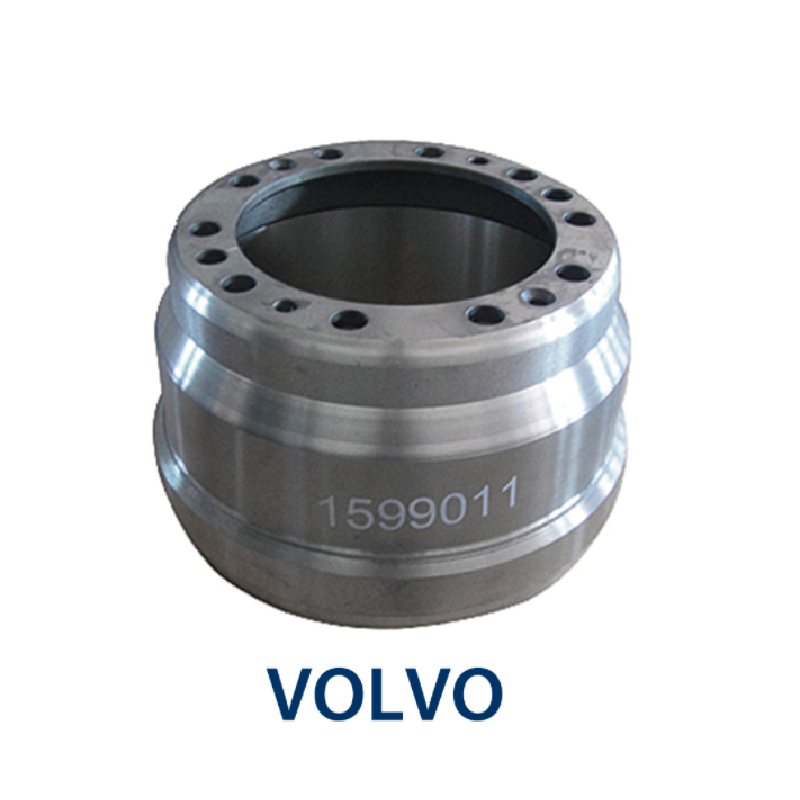Oct . 07, 2024 09:59 Back to list
brake drum stove
The Innovative Brake Drum Stove A Sustainable Solution for Cooking
In an era where sustainability and eco-friendliness are becoming paramount, new ideas for utilizing everyday materials are emerging in surprising ways. One such innovation is the brake drum stove, a practical and efficient cooking appliance crafted from vehicle components that would otherwise be discarded. This article explores the advantages, functionality, and environmental impact of this innovative stove.
What is a Brake Drum Stove?
The brake drum stove is a cooking appliance made from the cast-iron brake drums commonly found in older vehicles. These brake drums are designed to endure extreme heat and are typically disposed of once they become worn out. However, resourceful creators have ingeniously repurposed them into compact, durable stoves. With proper modifications, they provide an excellent cooking surface, making them an ideal option for both outdoor cooking and emergency preparedness.
Advantages of the Brake Drum Stove
One of the primary benefits of the brake drum stove is its sturdiness. Brake drums are built to withstand high temperatures and heavy loads, making them an excellent material for a cooking appliance. This durability ensures that the stove can support various cooking tasks, from boiling water to grilling meats.
Additionally, the brake drum stove is highly efficient. The round design and enclosed space promote even heat distribution, allowing for faster cooking times and less fuel consumption. Users can achieve higher temperatures with minimal effort, making it an environmentally friendly alternative compared to traditional fuel-hungry cooking methods.
Moreover, the use of recycled materials is a significant advantage in promoting sustainability. By giving new life to discarded brake drums, we reduce waste and contribute to a circular economy. This shifts the mindset from a “throwaway culture” to one that values reuse and repurposing, which is crucial in today's environmental context.
brake drum stove

How Does It Work?
The brake drum stove typically operates by using wood, charcoal, or other solid fuels. Users start by placing the fuel inside the brake drum, which serves as the combustion chamber. The design of the stove allows for efficient airflow, facilitating combustion and improving efficiency.
Once the fire is ignited, the heat radiates evenly from the metal surface, allowing pots or pans to be placed directly on top for cooking. Some models may come equipped with adjustable vents or grate systems to modulate airflow and temperature control further.
Practical Applications
The brake drum stove finds its way into various settings, from backyards and camping trips to emergency kits for disaster preparedness. In rural areas or developing countries where access to electricity or conventional fuels may be limited, these stoves provide an affordable and effective alternative for cooking needs.
Moreover, in an outdoor recreational context, this stove is favored by camping enthusiasts, as it is lightweight and easy to transport. Its robust construction ensures it can handle the rigors of the outdoors while providing reliable and efficient cooking options.
Conclusion
The brake drum stove is a prime example of how inventive thinking can transform waste materials into functional household items. It embodies principles of sustainability and efficiency, offering an eco-conscious solution for cooking. As the world continues to grapple with environmental challenges, innovations like the brake drum stove will play an essential role in promoting resourcefulness and sustainability. Encouraging the use of such creative upcycling can pave the way towards a more sustainable future, proving that even the most unexpected materials can serve a purpose beyond their original intent. Embracing this approach not only aids in waste reduction but also fosters a culture of conservation and mindful living.
-
HINO Industrial Solutions - ¡Ң���ຽ��е��������˾ | Advanced Technology&Reliability
NewsJul.13,2025
-
HINO Industrial Efficiency-Jiangsu Hino Industrial|Productivity Optimization&Cost Reduction
NewsJul.12,2025
-
HINO-¡Ң���ຽ��е��������˾|Advanced Industrial Solutions&Energy Efficiency
NewsJul.12,2025
-
Premium Brake Drum Iveco – Durable Drum Brake Drum & Brake Shoe Solutions
NewsJul.08,2025
-
High-Performance Brake Drum Liza for Enhanced Safety Reliable Drum Brake Drum & Brake Shoe Solutions
NewsJul.08,2025
-
High-Quality Brake Drum MAZ – Durable Drum Brake Drum & Brake Drum and Brake Shoe for Optimal Performance
NewsJul.07,2025
